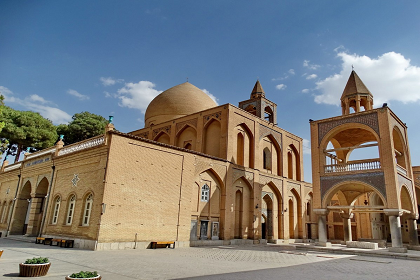 Courtesy: Rasool Abassi/Wikimedia Commons
Courtesy: Rasool Abassi/Wikimedia Commons

Sifra Lentin
Bombay History Fellow
Sifra Lentin is Fellow, Bombay History Studies. She was Visiting Fellow 2018 at the Herbert Katz Center for Advanced Judaic Studies at University of Pennsylvania for a project on Karachi’s Jews. Her latest Gateway House policy report on “India and the SCO, Bound by Buddhism” (November 2020) proposed how India could leverage her soft power as the holy land of Buddhism in this multilateral grouping. Her “Mumbai-Shanghai Sister Cities” report (May 2017): proposed recommendations on how sister city relationships between these two cities can be made to work. She has also written a number of books, namely, Bombay’s International Linkages (Gateway House, 2019); Our Legacy: The Dwarkadas Family of Bombay (2018), and A Salute to the Sword Arm – A photo Essay on the Western Fleet (Western Naval Command, 2007). Her work has also appeared in edited volumes: “The Jewish Presence in Bombay” in India’s Jewish Heritage: Ritual, Art, & Life-Cycle (Marg Publication, 2002), “Shalom India” published in One India One People’s book Know India Better (2006), “The Jewish presence in Mumbai: their contribution to the city’s economic, social and cultural fabric”, in Mumbai—Socio-Cultural Perspectives: Contribution of Ethnic Groups & Communities (Primus Books, 2017).
Sifra graduated in English Literature from Elphinstone College, Mumbai, and went on to complete her Bachelor’s in General Law (BGL) from Government Law College, Mumbai. Her earlier career was in journalism with a focus on Bombay and South Asian Jewish history. Most notably, she wrote a popular thrice-weekly column for Mid-Day “Vintage Mumbai” from 1995 to 1997 and a five-part Partition series for Reuters on the golden jubilee of Indian Independence in 1997. She is on the Board of Trustees of the Sir Jacob Sassoon School (Byculla, Mumbai).
History, Bombay
Recent projects
 Courtesy: Rasool Abassi/Wikimedia Commons
Courtesy: Rasool Abassi/Wikimedia Commons
 Courtesy: Erkin Bolzhurov/World Bank
Courtesy: Erkin Bolzhurov/World Bank
SCO needs proactive climate action
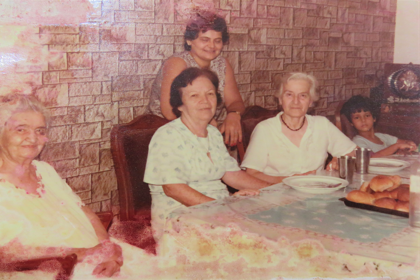 Courtesy: Zabel Joshi
Courtesy: Zabel Joshi
Bombay’s Armenian legacy
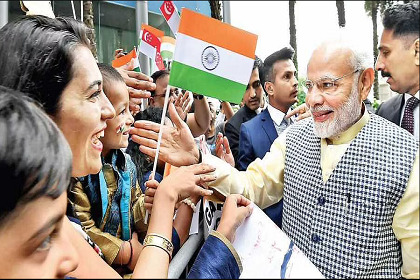 Courtesy: PTI
Courtesy: PTI
The pravasi in India’s independence struggle
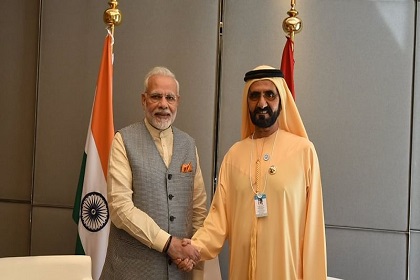 Courtesy: Twitter : Narendra Modi
Courtesy: Twitter : Narendra Modi
Indians in the development of the UAE
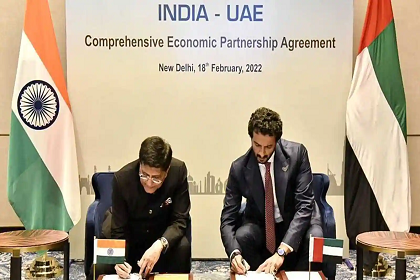 Courtesy: Mint
Courtesy: Mint
India-UAE trade comes full circle
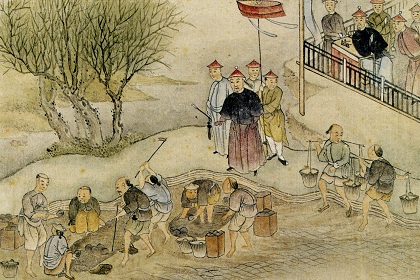 Courtesy: National Army Museum
Courtesy: National Army Museum
Bombay’s history of opium trade
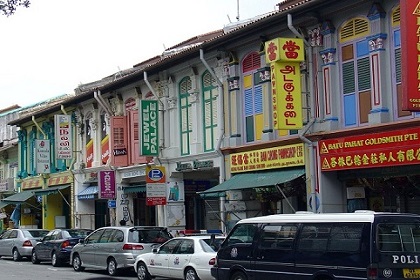 Courtesy: The Independent News & Media
Courtesy: The Independent News & Media
Indian diaspora: soft power in the Indo-Pacific
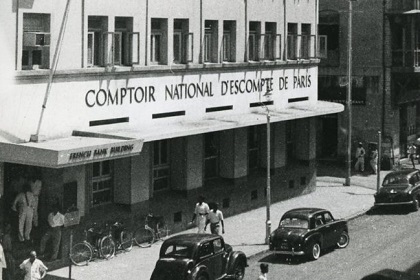 Courtesy: BNP Paribas
Courtesy: BNP Paribas
French business icons of colonial Bombay
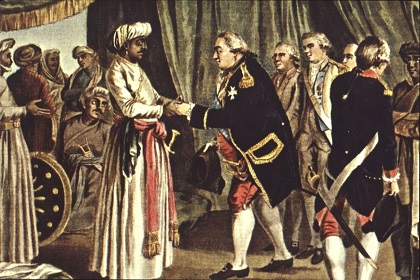 Courtesy: Wikimedia Commons
Courtesy: Wikimedia Commons

